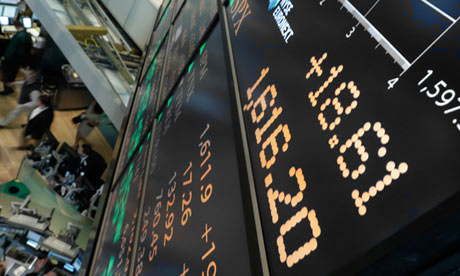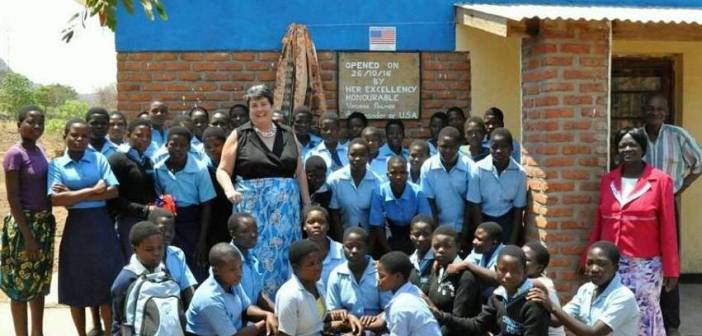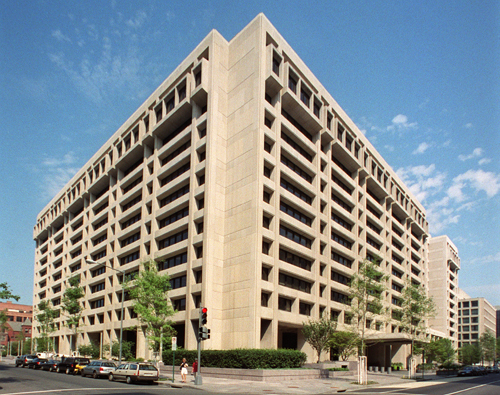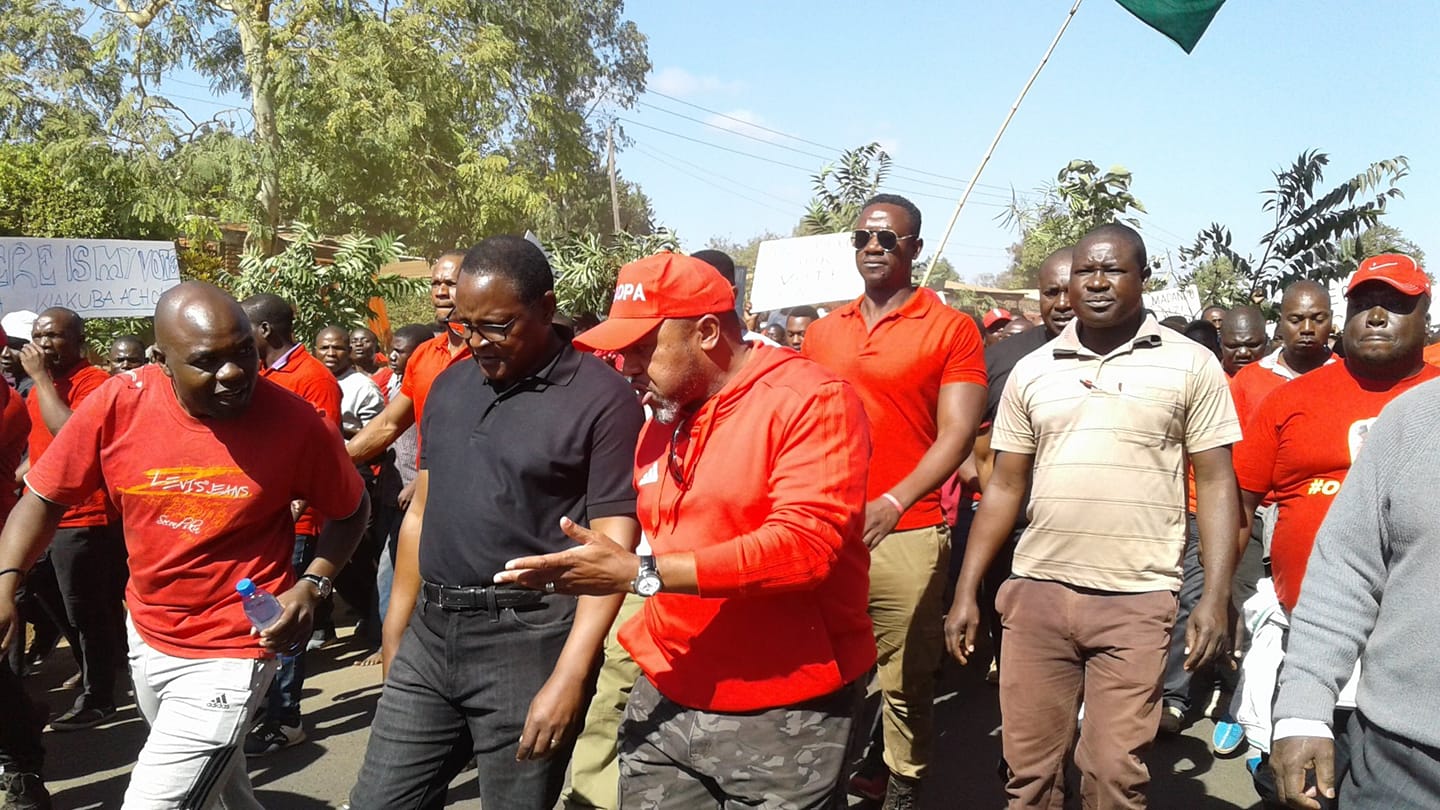Malawi is among the least developed countries. In line with the improvement of production, growth accelerated in 2013 (5%) and should continue to do so in 2014 (+6.1%). Despite a restrictive monetary policy, the inflation rate remains very high (27.7% in 2013), mainly due to the depreciation of the kwacha. In the short term, according to experts in business intelligence (BI) Diligence Africa, Malawi will mainly consolidate macroeconomic stability and strengthen its governance, while making the business environment more conducive to private sector investment to to achieve sustained and inclusive growth.
Estimated growth in real gross domestic product (GDP) rebounded to 5% in 2013, against 1.8% in 2012, mainly due to a good harvest of tobacco and a strong recovery in the growth of manufacturing, construction and wholesale and retail trade. Tobacco production has increased from 79.8 to 168.6 million kilograms, due to higher auction prices following the depreciation of the national currency, the Malawi Kwacha (MWK).
The strong recovery in tobacco production has stimulated the growth of the agricultural sector, increased to 5.7% in 2013 after a contraction of 2.3% in 2012. Growth of manufacturing output rose to 6.2% , against -1.3% in the previous year, thanks to an improvement in the availability of foreign exchange. The expansion of agricultural production has contributed to the recovery of manufacturing, especially food.
If Malawi is on track to achieve four of the eight Millennium Development Goals (MDGs), he struggles to reach the MDG targets for universal primary education, and reducing the inequalities between men and women maternal mortality. Regarding Doing Business Report, Malawi is ranked 171 th in 2014 for a change in the ranking of -10 places compared to 2013 International. Transparency the class 91 e / 177 countries assessed, according to his perception of the Index corruption.
According to projections by the African Development Bank, the real GDP growth is projected at Malawi 6.1% in 2014 and accelerate further to 6.2% in 2015. This positive outlook assume that macroeconomic indicators remain stable during the tobacco are high, there is enough currency available, as weather conditions are favorable and the business climate continues to improve.
Macroeconomic reforms implemented by the Malawi under the Economic Recovery Plan (ERP) began to bear fruit, as evidenced by the greater availability of foreign exchange and improving incentives for producers of export goods .
Basket of Malawi’s exports are dominated by primary goods, but globalization has revealed export opportunities of processed products. The country has not yet repositioned to exploit the opportunities that will enable it to integrate into global value chains (GVC).
Barriers to integration with CVM are: poor infrastructure, weak skills and a business climate unfavorable.Government authorities are implementing the National Export Strategy, in order to strengthen the competitiveness of exports and promote those processed agricultural products for integration into regional chains and global value.





No comments! Be the first commenter?